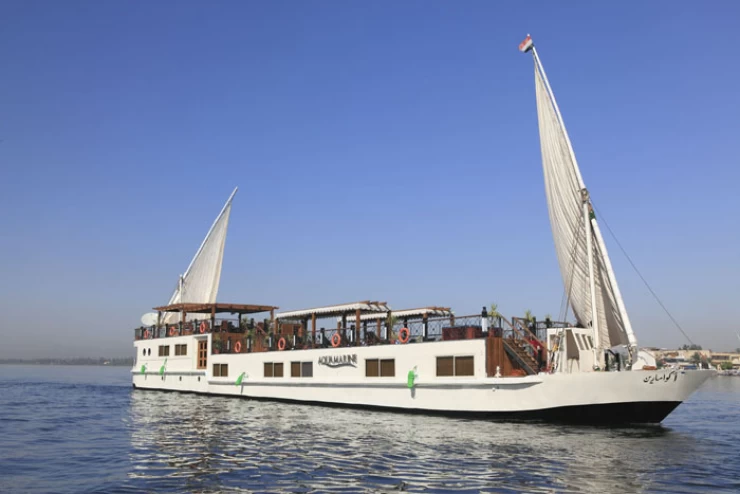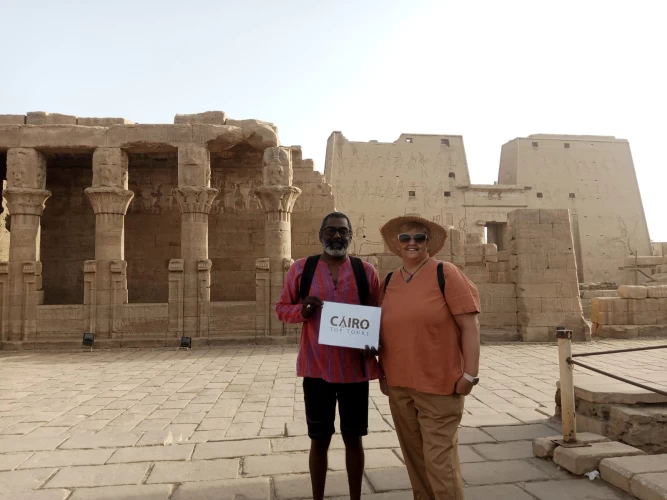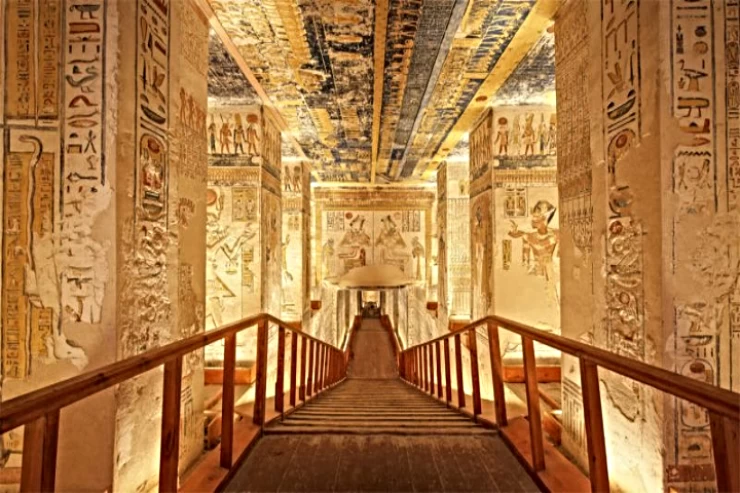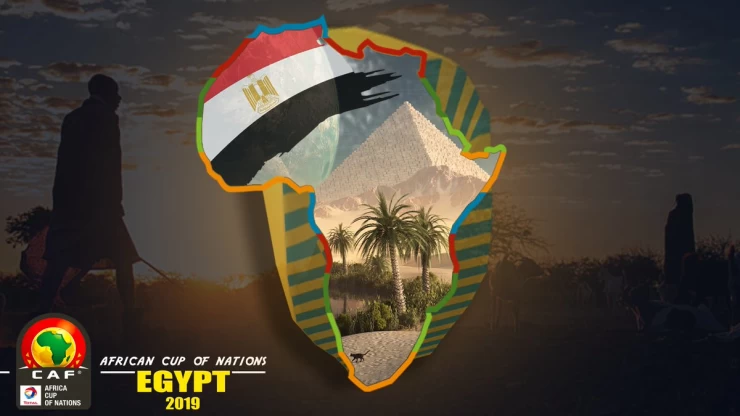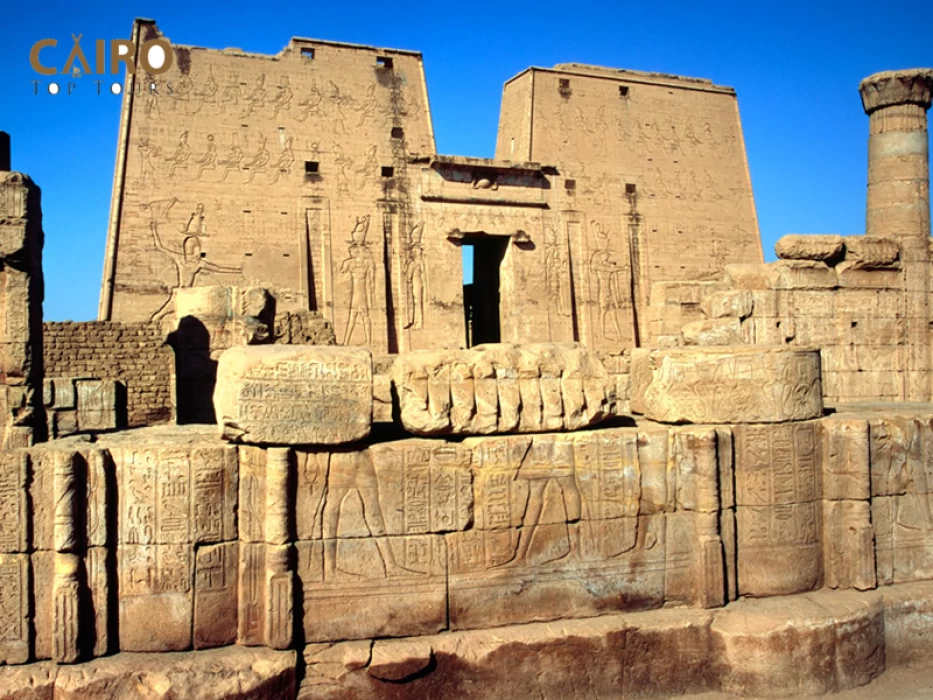
Kom Ombo Temple | Temple of Sobek and Horus
Commonly Known as the Temple of Sobek and Haroeris in Egypt: Focus on Kom Ombo Temple.
Located on the dramatic bend of the Nile River in Upper Egypt, Kom Ombo Temple is a stunning combination of art, mythology, and great Egyptian architecture. This temple is famous because of its unique twin order of two gods: Sobek, the fertility and evil protector crocodile god, and Horus the Elder, the king of gods and god of healing. This temple is an achievement in Ptolemaic culture in both spiritualism and architecture that few temples offer.
A Typical Temple To Dine In.
The Kom Ombo temple has an exceptional design uncharacteristic of other ancient monuments built in the early 2nd century BCE during the Ptolemaic dynasty. This is seen in the temple that passengers view, which is a symmetrical structure due to its two-fold functions. Each monument contains temples for each of the two gods. Each temple has its own set of sanctuaries, courts, and chapels. This system of two divisions, with each dedicated to a deity specifically, is reflective of the ancient Egyptian ideology where the good and the evil had to exist in equilibrium.
Architectural Highlights
Starting from the remarkable exterior, which is embellished with beautifully carved reliefs showing the pharaohs making offerings to Sobek and Horus, the temple takes on its expansive nature. If you proceed to the interiors, you will find columns decorated with capitals shaped like lotuses and palms, colorful inscriptions, and pictures that depict stories and ceremonies performed for the gods.
One of the temple's remarkable attributes is the set of primitive surgical instruments that are engraved on the walls as proof of the advanced surgery in ancient Egypt. It also signifies the purpose of the temple as a sacred space for the sick and further emphasizes the relationship of Horus with healing.
Crocodile Museum: Sneak Peek into Sobek's Domain
The Crocodile Museum, which is adjacent to the temple, boasts an impressive collection of mummified crocodiles, statues, and offerings dedicated to the god Sobek. These artifacts indicate that the ancient Egyptians held a great amount of respect for such a god, asking him for protection and fertility.
The Nile’s Role in Kom Ombo’s Significance
Kom Ombo Temple is located in an elevated area, and its positioning is strategic and important due to the fact that it overlooks the course of the Nile and therefore serves the purpose of monitoring the river. Also, given the water body supported crocodiles, the temple’s association with the deity, Sobek, was ampler as she was attributed to controlling the fertility of the river.
A Visit to Kom Ombo: What to Expect
Visiting the temple of Kom Ombo is interesting at any time of the day, especially at sunset, when the yellow sun rays wash the sandstone walls, creating picturesque views. As you walk along the grand halls of the temple, a vision of the times of pharaohs, priests, and worshippers will come back to you.
As most excursion itineraries include a Nile cruise, this temple is also the main reason for the tour connecting Aswan and Luxor. Most of the time, there are guides ready to explain the history, temple structure, goddesses, and rituals in a way that is very useful and captivating.
Why Kom Ombo Temple Captivates Visitors
The Temple of Kom Ombo cannot be relegated to a mere cultural site. It bears remembrance of the intelligence, faith, and aesthetic sense of the people of ancient Egypt. The temple’s balance, perfect layout, its interesting two-in-one church design, and its beautiful scenery all make it a historical place that should be visited by all travelers.
Step into the Orthodox Church of Kom Ombo and see how the triangle of crocodiles and falcons holds successfully its ground. The temple of Sekhmet and Horus inspires and uplifts visitors to this day. Allow this one-of-a-kind temple along the banks of the river to transport you back in time to the incredible history of the great country of Egypt.







